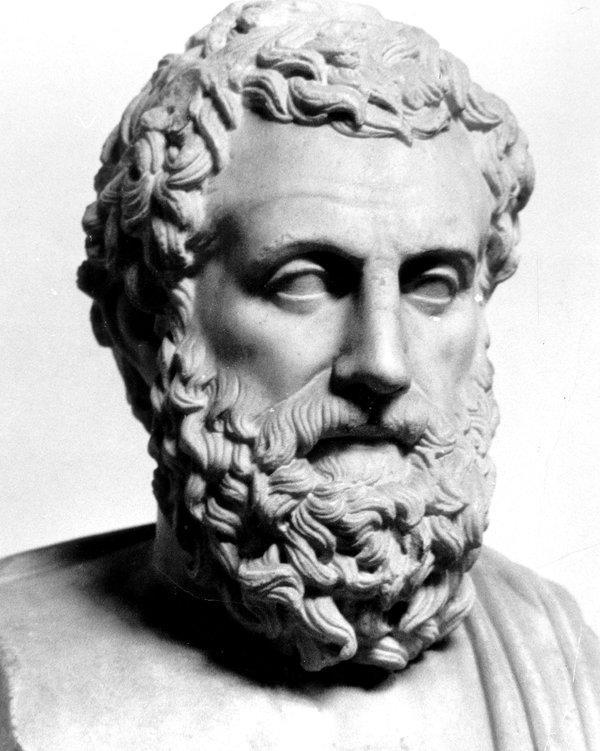Anatomy of Melancholy, by Robert Burton
There is a myriad of early modern examples of such a psychophysiological theory. In English, virtually every page of Robert Burton’s famous Anatomy of Melancholy, first published in 1621, illustrates the claim that 'as the body works upon the mind by his bad humours, troubling the spirits, sending gross fumes into the brain, and so per consequens disturbing the soul, and all the faculties of it … so on the other side, the mind most effectually works upon the body, producing by his passions and perturbations miraculous alterations, as melancholy, despair, cruel diseases, and sometimes death itself.
"[...] Soul was therefore responsible for the basic functions, faculties, or powers of living beings, known as nutritive or vegetative, perceptive or sensible, appetitive or desiderative, motor or locomotive, and rational or intellective (Michael 2000). Sometimes these faculties were attributed to different souls, and their possession defined a hierarchy: Human beings had all of them, nonhuman animals lacked a rational soul, and plants had only a vegetative soul. Yet all were “animals,” or ensouled bodies. That is why the word psychology, in use by 1590, originally designated the science of all living beings (Vidal 2011)".

Obtained from the British Library website

At the link below, you can download the full-text Ebook. This file is offered by Project Gutenberg, that digitalizes Public Domain titles for free.
You can see Aristotle full-text book "De Anima" at the link Below:
Or you can listen to the audiobook at the link below:




































































0 comments
Sign in or create a free account